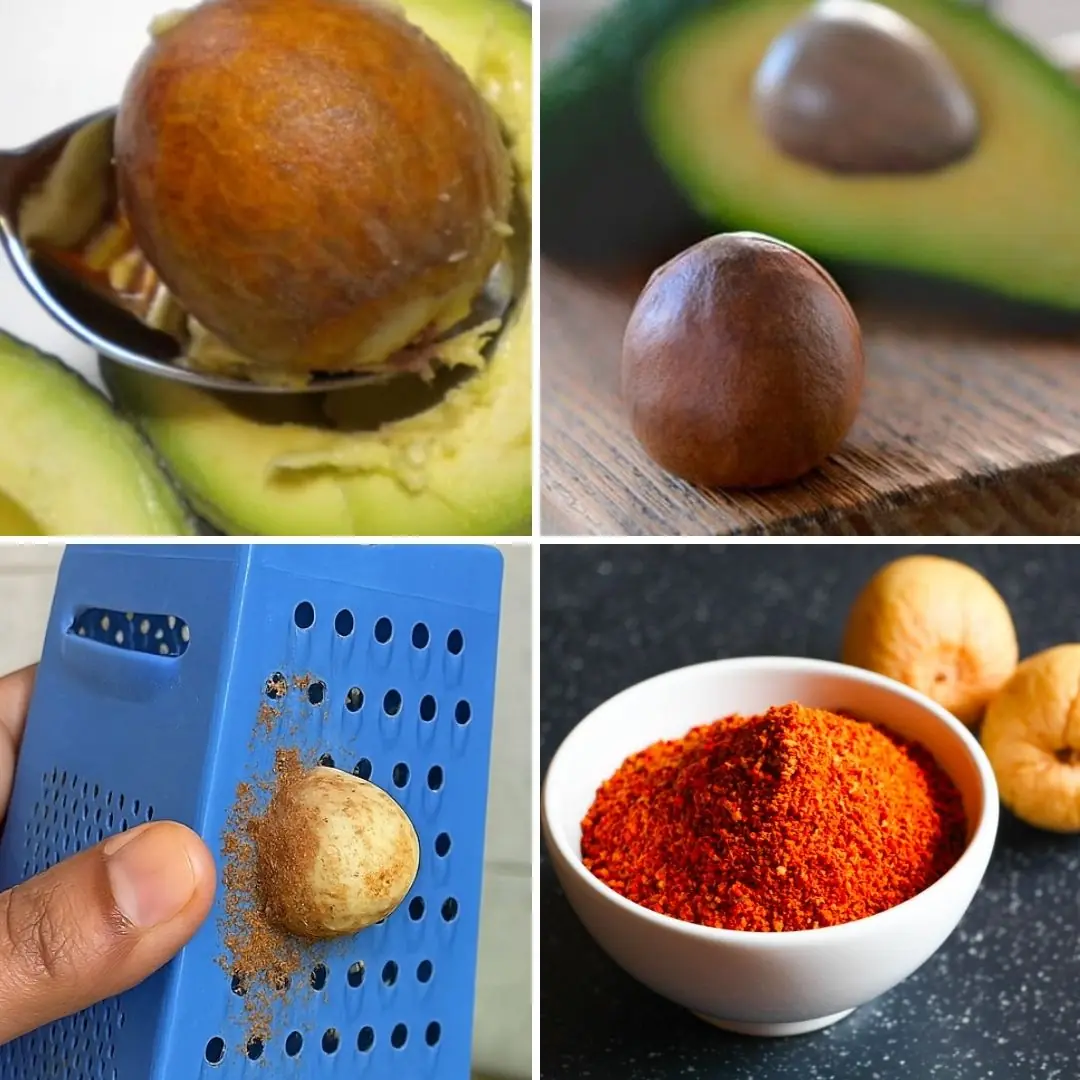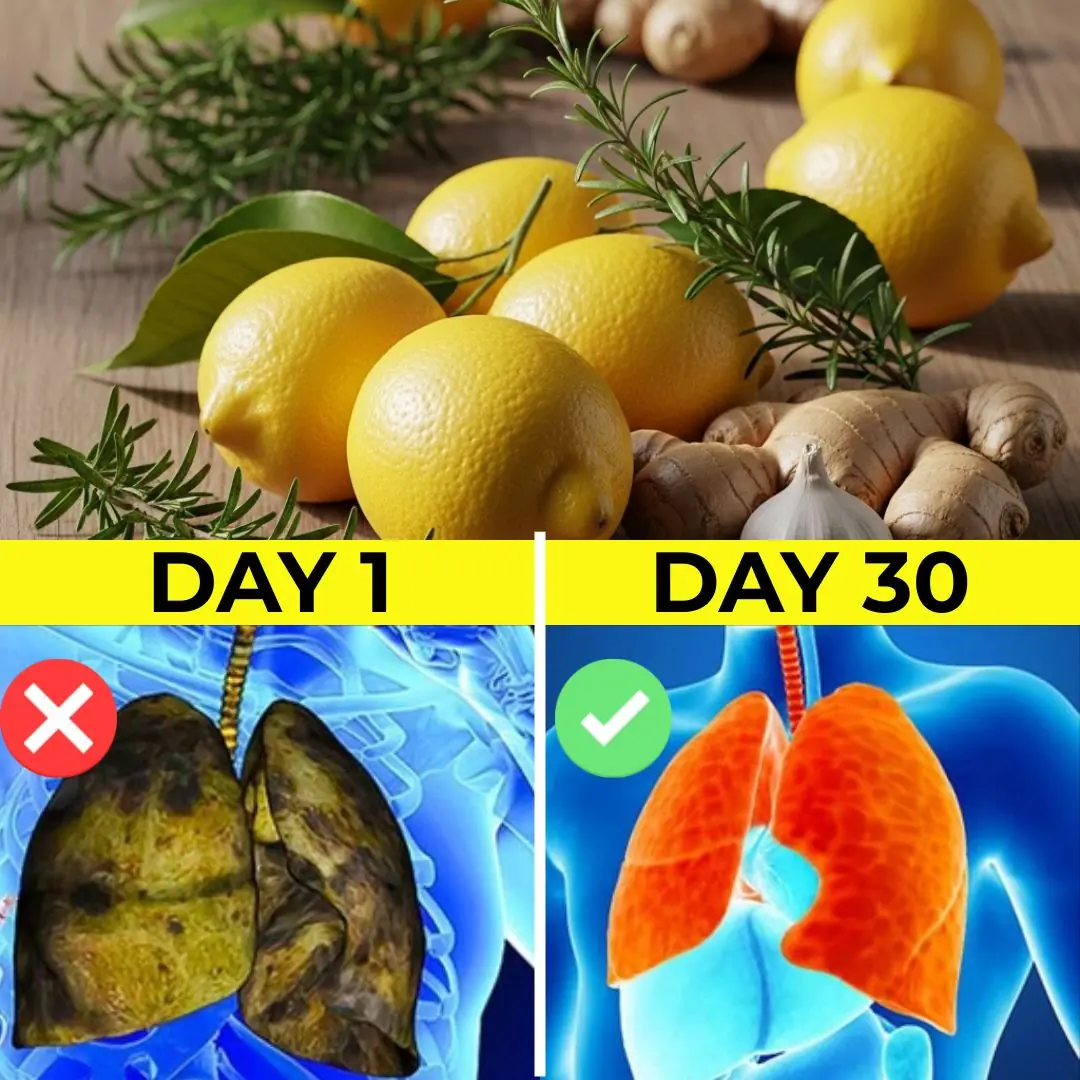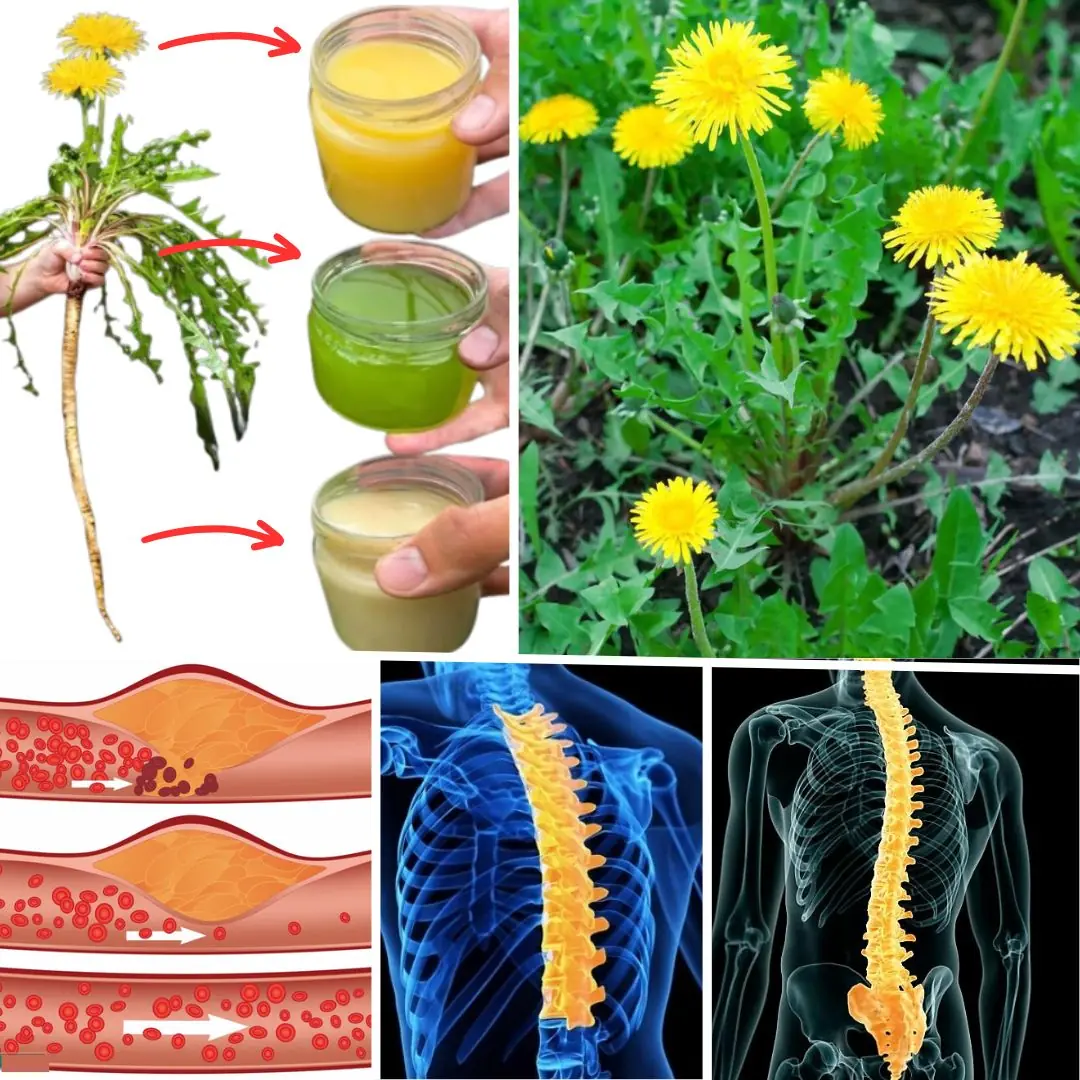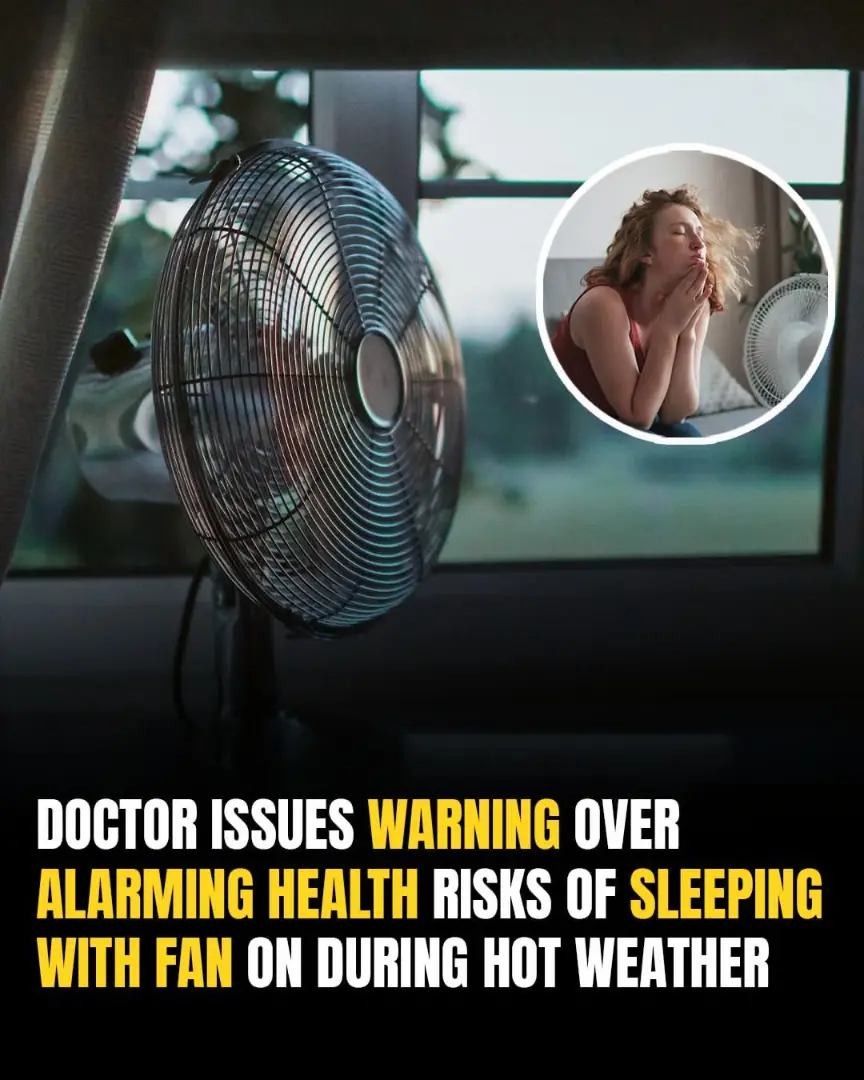
How to Reduce Your Risk of a Second Stroke (10 Things You Can Do)

Preventing a Second Stroke: 10 Essential Steps to Take Starting Today
Experiencing a stroke is a life-changing event—but suffering a second stroke can be even more dangerous and devastating. Statistically, about 1 in 4 stroke survivors will go on to have another stroke. The encouraging news is that many of these second strokes are preventable with the right combination of medical care, lifestyle adjustments, and daily vigilance.
Here are 10 actionable steps you can start implementing today to significantly lower your risk of having a second stroke and reclaim control over your health and future.
1. Take Your Medications Exactly as Prescribed
This is absolutely critical. Whether you're taking blood thinners to prevent clots, statins to lower cholesterol, or antihypertensive medications to manage blood pressure, following your doctor’s instructions without deviation can be lifesaving. Never skip a dose, don’t adjust the dosage yourself, and never stop a medication without first consulting your healthcare provider. Keeping a daily pill organizer or setting phone reminders can help ensure consistency.
2. Control High Blood Pressure Aggressively
High blood pressure—or hypertension—is the single most significant risk factor for strokes. Keeping it in check is essential to prevent recurrence. Aim for a target blood pressure below 120/80 mmHg, unless your doctor suggests otherwise. Monitor your blood pressure at home regularly, reduce sodium intake (especially from processed or fast foods), and make sure to incorporate potassium-rich foods like bananas and leafy greens into your diet.
3. Manage Diabetes Diligently
If you live with diabetes, tightly managing your blood sugar is non-negotiable. Elevated blood glucose levels damage blood vessels and increase your stroke risk. Follow your diabetes care plan strictly—this includes eating a balanced diet, checking blood sugar regularly, staying physically active, and keeping your HbA1c within your recommended range (usually under 7%). Small daily choices can make a big impact on long-term outcomes.
4. Stop Smoking—Immediately and Permanently
Smoking significantly increases your risk of a second stroke by promoting blood clots and damaging your blood vessels. The good news? Quitting smoking can cut that risk by half, regardless of how long you've smoked. If quitting seems overwhelming, seek out support programs, nicotine replacement therapies, or prescription medications to help you quit for good.
5. Adopt a Heart-Healthy Diet
What you eat has a direct impact on your vascular health. Focus on foods that are low in saturated fats and refined sugars, and high in fiber and nutrients. The Mediterranean diet is one of the most stroke-preventive eating patterns—rich in olive oil, fish, nuts, whole grains, fruits, and vegetables. Try to avoid processed foods and opt for fresh, whole ingredients as often as possible. Hydration also matters—drink plenty of water throughout the day.
6. Get Regular Physical Activity
You don’t need to engage in strenuous workouts to benefit. Just 30 minutes of moderate physical activity, such as brisk walking, swimming, or cycling, five days a week, can greatly enhance cardiovascular health, help maintain a healthy weight, and improve blood flow to the brain. If mobility is limited, consult with a physical therapist to design a safe, tailored exercise plan.
7. Limit or Eliminate Alcohol Consumption
While occasional, moderate drinking might not pose a major risk for some people, excessive alcohol consumption can increase blood pressure and lead to irregular heart rhythms such as atrial fibrillation—both of which raise stroke risk. Follow medical guidelines: no more than one drink per day for women and two for men. If you’ve been advised to stop drinking altogether, seek support to do so successfully.
8. Screen for and Treat Sleep Apnea
Sleep apnea is a surprisingly common and underdiagnosed condition in stroke survivors. It disrupts your breathing during sleep, leading to drops in oxygen levels and spikes in blood pressure. If you snore loudly, gasp for air during sleep, or wake up tired even after a full night’s rest, talk to your doctor about a sleep study. Treatment—often with a CPAP machine—can dramatically reduce your risk of another stroke and improve sleep quality and energy.
9. Maintain a Healthy Weight
Carrying excess weight, particularly around the abdomen, is associated with increased risk for high blood pressure, diabetes, and heart disease—all of which can contribute to stroke. Strive to achieve a Body Mass Index (BMI) below 25. Losing even 5–10% of your body weight can produce significant health benefits. Work with a registered dietitian or nutritionist to develop a sustainable weight loss plan tailored to your lifestyle and health needs.
10. Attend All Follow-Up Appointments Without Fail
Your recovery and prevention plan doesn’t end when you leave the hospital. Regular follow-up visits with your primary care provider, neurologist, or cardiologist are essential for monitoring your progress, adjusting medications, managing new symptoms, and staying on top of any developing conditions. Keep a health journal to track changes, and bring any questions or concerns to your appointments.
Final Thoughts: You Have More Power Than You Think
Recovering from a stroke is never easy—but preventing a second one is not only possible, it's within your control. These ten strategies—simple but powerful—can dramatically reduce your risk of another stroke and help you lead a longer, healthier, and more independent life. Every step you take toward better health counts. With the right mindset and support, you can move forward with confidence and resilience.
News in the same category


Doctor Frank Suárez’s Natural Remedy to Eliminate Diabetes, Poor Circulation, Fatty Liver, Pancreas Issues, High Blood Pressure, Knee Pain, and Even Cancer

Improve Your Vision Naturally: Just One Spoonful of This Powerful Mixture Can Make a Difference

The Miracle Drink for Pancreas, Diabetes, Liver, Circulation & Cancer – All Natural and Free!

Explore the Benefits of Natural Remedies: Homemade Solutions for Removing Mucus and Phlegm – Stay Healthy the Natural Way

Discover Nature’s Hidden Gem: The Surprising Powers of Pineapple Weed

Cloves and Orange Peel Tea: The Natural Remedy for Boosting Your Health

Discover the Power of Crabgrass: A Surprising Superfood with Remarkable Health Benefits

The Most Effective Way to Clear Your Lungs: Eliminate Cough & Mucus in Just 3 Days!

A Nourishing Vision Drink: Pumpkin and Red Pepper for Naturally Supporting Eye Health

Guava Leaves: Surprising Health Benefits and Safe Uses for Seniors

Dandelion Root Coffee: A Gentle Herbal Brew That’s Winning Hearts

Mix Apple with Lemon: A Refreshing Recipe You’ll Thank Me For!

Why Eating Raw Garlic on an Empty Stomach May Offer Unexpected Health Benefits

What Role Do Cloves Play in Health Care? A Closer Look at This Powerful Spice

Why You Should Put Cloves in a Lemon: A Powerful Home Remedy

How to Make Onion Hair Oil for Faster Hair Growth and to Stop Hair Fall

Seniors: Drink This to Support Knee Cartilage and Joint Health Naturally

Drinking Lemon Water Before Bed: 90% of People Don’t Know These 10 Surprising Health Benefits
News Post

Don’t Toss That Avocado Pit: Surprising Health Benefits and Uses

Why Do Some Women’s Underwear Have That Little ‘Pocket’ In The Middle?

Doctor Frank Suárez’s Natural Remedy to Eliminate Diabetes, Poor Circulation, Fatty Liver, Pancreas Issues, High Blood Pressure, Knee Pain, and Even Cancer

Improve Your Vision Naturally: Just One Spoonful of This Powerful Mixture Can Make a Difference

The Miracle Drink for Pancreas, Diabetes, Liver, Circulation & Cancer – All Natural and Free!

Explore the Benefits of Natural Remedies: Homemade Solutions for Removing Mucus and Phlegm – Stay Healthy the Natural Way

Discover Nature’s Hidden Gem: The Surprising Powers of Pineapple Weed

In front of everyone, my own sister humiliated me at her wedding…

Alena! What kind of circus is this? Why did Kirill come back to me with a suitcase? Did you kick him out?

My Kids' Future Stepmom Treated Me Like Her Personal Surrogate – Then Demanded One of My Twins

At My Husband's Birthday Party, My Son Pointed at a Guest and Said, 'That's Her. The Same Skirt!'

Cloves and Orange Peel Tea: The Natural Remedy for Boosting Your Health

Discover the Power of Crabgrass: A Surprising Superfood with Remarkable Health Benefits

The Most Effective Way to Clear Your Lungs: Eliminate Cough & Mucus in Just 3 Days!

A Nourishing Vision Drink: Pumpkin and Red Pepper for Naturally Supporting Eye Health

Guava Leaves: Surprising Health Benefits and Safe Uses for Seniors

The Meaning Of The Intriguing Gesture Of Scratching The Palm Of Another Person’s Hand

Doctor Warns: Sleeping With A Fan On May Trigger Allergies And Respiratory Issues
